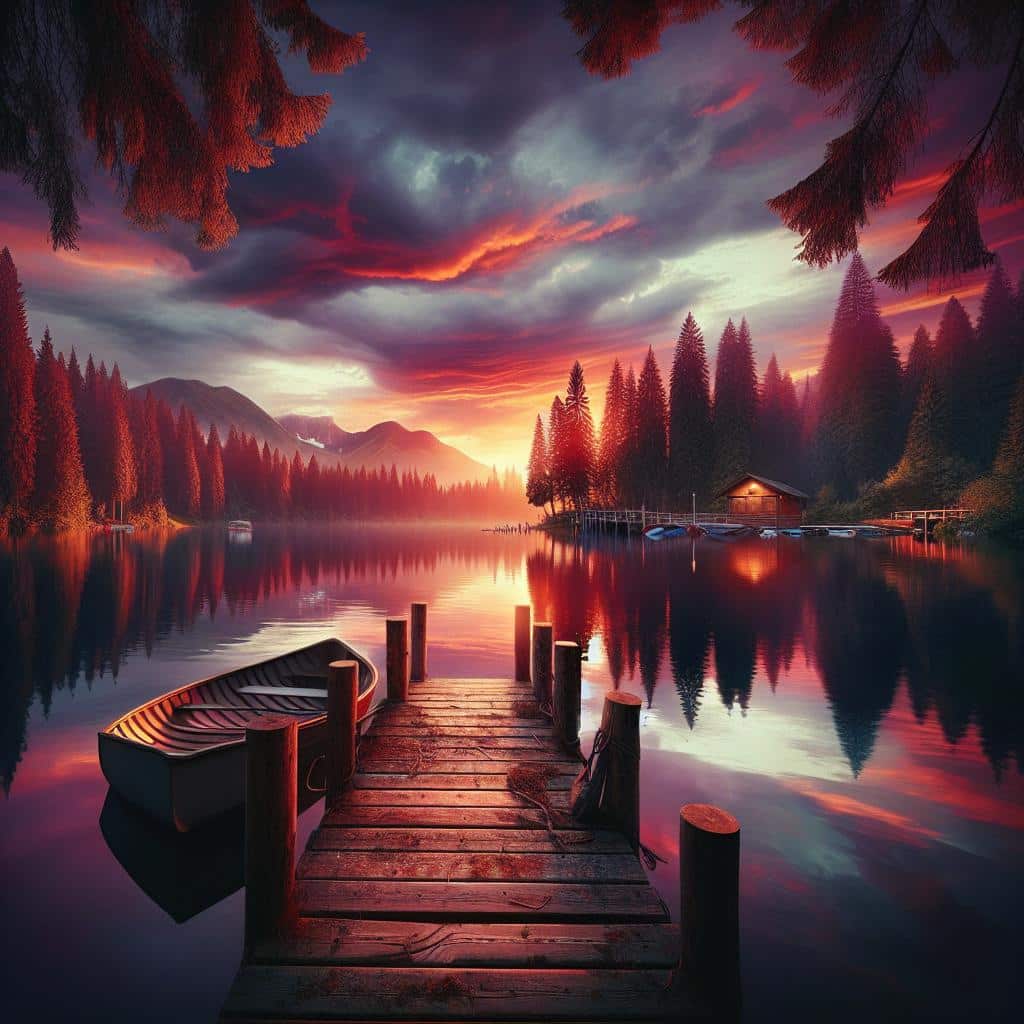In the age of advanced technology, artificial intelligence (AI) has permeated various aspects of our lives, shaping how we interact with the world. Among its impressive capabilities, AI image generators are carving a niche, becoming increasingly popular among artists, marketers, and tech enthusiasts. This article offers an in-depth look into AI image generators, exploring their functionalities, popular platforms, and the creative possibilities they unlock.
Understanding AI Image Generators
At its core, an AI image generator is a sophisticated tool that leverages machine learning algorithms to create images based on textual descriptions or existing images. These algorithms, often trained on vast datasets, can mimic artistic styles, generate realistic images, or invent entirely new concepts. The transformative nature of AI image generators raises essential questions about creativity, originality, and the boundaries of art.
The technology behind these generators varies, with several models, such as Generative Adversarial Networks (GANs) and Variational Autoencoders (VAEs), leading the charge. GANs, in particular, consist of two neural networks—the generator and the discriminator—that work in tandem. The generator proposes new images, while the discriminator evaluates them against existing ones, creating a cycle of improvement.
Popular AI Image Generators Worth Exploring
Several platforms have emerged as front-runners in the AI image generation space:
| Platform | Description | Link |
|---|---|---|
| DeepArt | Transforms photos into artwork using neural style transfer. | Visit DeepArt |
| Artbreeder | Allows users to blend images and create unique works collaboratively. | Visit Artbreeder |
| DALL-E 2 | Generates high-resolution images from text prompts with stunning accuracy. | Visit DALL-E 2 |
| Runway ML | Empowers creatives with tools for generating and editing images and videos. | Visit Runway ML |
Each of these platforms harnesses the power of AI in unique ways, allowing users to experiment with artistic expressions previously unimagined. Whether you are an aspiring artist or a seasoned professional, the possibilities are boundless.
Creative Applications of AI Image Generation
The applications of AI image generators extend far beyond mere artistic expression; they are revolutionizing various industries, including:
- Marketing: Businesses leverage AI-generated images to create marketing campaigns that stand out. Tailored visuals help capture audience interest and drive engagement.
- Gaming: Game developers use AI to create vast landscapes, characters, and assets, dramatically reducing production time while enhancing creativity.
- Fashion: Some fashion designers harness AI to generate innovative clothing designs, offering fresh perspectives and inspiration for future collections.
The ability to create stunning visuals quickly reduces the barriers for aspiring creatives willing to experiment with their ideas.
The Future of AI Image Generators
As AI technology evolves, the potential of image generation will only expand. We can anticipate advancements that will further enhance the realism of generated images, as well as broaden the scope of what can be created from simple text prompts. Issues surrounding AI ethics, copyright, and the legitimacy of machine-generated art will be more prominent as we progress, prompting necessary discussions among artists, technologists, and lawmakers.
To conclude, AI image generators represent a fascinating intersection of creativity and technology, providing artists and creators with the tools to explore new artistic horizons. Platforms like DeepArt, Artbreeder, DALL-E 2, and Runway ML are pioneering this thrilling landscape, offering insights and opportunities that can expand our understanding of art in the digital age.
Related Themes to Explore
- Best AI Copywriting Tools You Need to Try
- AI Words: Understanding Key Terms in Artificial Intelligence
- The Best AI Translation Software & Tools of 2024: Bridging Language Gaps Like Never Before
By delving deeper into these themes, you’ll gain a broader understanding of the implications and future potential of AI technologies.

